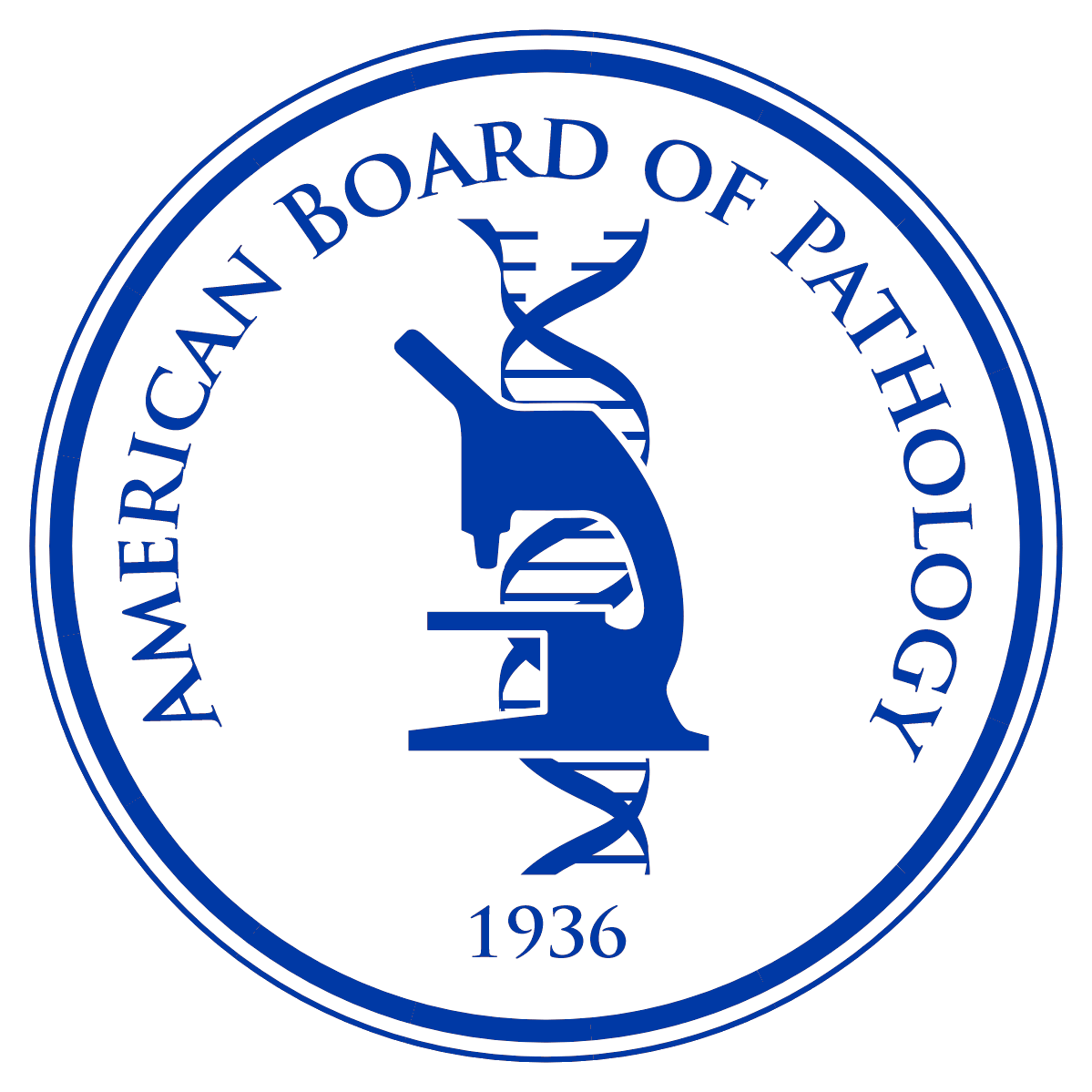FAQs Content Specifications
FAQs Content Specifications
Please refer to the ABPath Get Certified page and the Booklet of Information for more information about ABPath Certification Exams.
What are the Content Specifications?
The Content Specifications outline the content that may appear on American Board of Pathology Primary and Subspecialty Certification examinations. The content outlines are for residents and fellows preparing for certification and practice. These are periodically reviewed by committees of volunteer subject matter experts in each specialty.
While these guides offer a comprehensive overview, they are not exhaustive. Candidates should use them as valuable references for exam preparation and to support their ongoing professional development.
What do the training level designations next to each line item mean?
The training level designations are intended to indicate when mastery of the material within a category should be achieved. The difficulty of each item (i.e., question) is determined by the content of the item itself.
C = Core/Foundational Knowledge
Residents are expected to develop a mastery of this material early in their training.
AR = Advanced Resident
Residents are expected to have a mastery of this material by the time of training completion. Residents at this stage are expected to be able to practice independently.
F = Fellow
The mastery of the content that is covered at the Fellow-level is expected of individuals with subspecialty training in those areas. Residents, however, should be superficially familiar with the material in these areas.
Example for each Designation
Using follicular lymphoma as an example, a very simple (i.e., core) item could be written concerning the morphologic distinguishing features between follicular hyperplasia and follicular lymphoma. Alternatively, a more advanced item could be written concerning the necessary immunohistochemical stains needed to diagnose follicular lymphoma. Finally, a more nuanced or complex question could be written concerning the grading or subtypes of follicular lymphoma, which would be designated as a fellow-level item. A more comprehensive example of the various difficulty ‘levels’ within the same category is provided below for follicular lymphoma.
Core/Foundational Level Example:
In the core or foundational stage of pathology training (typically PGY-1 to early PGY-2), the primary objective is for the learner to recognize the classic morphologic and immunophenotypic features of follicular lymphoma. At this level, trainees should be able to identify nodular architecture and distinguish important cell types on H&E. They should understand the typical immunophenotype and be aware of the hallmark translocation in follicular lymphoma. The learner should know to include follicular lymphoma in the differential diagnosis of a nodular lymphoid proliferation and be able to order an appropriate initial panel of immunohistochemical stains, referring to faculty for further workup.
Advanced Resident Level Example:
By the advanced resident stage (graduating PGY-3 or PGY-4), trainees are expected to independently render a diagnosis of follicular lymphoma, assign histologic grade, and generate a comprehensive pathology report. They should confidently distinguish follicular lymphoma from mimics such as reactive follicular hyperplasia, nodal marginal zone lymphoma, and mantle cell lymphoma. Graduating residents should understand when to utilize FISH or flow cytometry and should be able to interpret these results in context. Accurate grading, appropriate immunohistochemical workup, and proper terminology are key competencies at this level. Although they may not yet interpret high-complexity molecular data, they should know what tests are relevant and why.
Fellowship Level Example:
At the fellowship or subspecialty level, pathologists are expected to demonstrate expert-level diagnostic precision, incorporating advanced morphologic patterns, molecular findings, and prognostic models. Fellows should be able to recognize follicular lymphoma subtypes such as pediatric-type or duodenal-type, identify transformation to diffuse large B-cell lymphoma, and interpret complex molecular testing in the context of clonal evolution. They should understand the prognostic implications of prognostic scoring models and be prepared to discuss these findings in multidisciplinary settings. Fellows should lead consults, contribute to tumor boards, and guide test utilization for advanced therapies.
What is the definition of Advanced Resident (AR)?
The Advanced Resident designation for the purposes of the Content Specifications is an individual who has completed training in their specialty and is prepared for the primary certification examination.
What is the content difference between AR and Core (C) designations?
Core (C) is meant to designate foundational-level material in a topic area that should be mastered first, so that more advanced material can be built (i.e., scaffolded) upon these existing knowledge and skills. These designations are meant to serve as recommendations to educators for progressive learning in training programs.
Is anything labeled with Fellow (F) guaranteed to not be on the Primary Certification Exam?
It is stated that Advanced Residents should have a superficial understanding of material that is designated as Fellow (F) level. It has been our standard not to ask Fellow-level material on primary certification examinations.
Are the Content Specifications for both initial certification and continuing certification?
The Content Specifications are designed specifically for candidates preparing for primary and subspecialty certification examinations. These examinations include basic science and foundational material essential for initial board certification. Content Specifications are not intended to guide continuing certification, which has different requirements focused on clinical practice needs.

